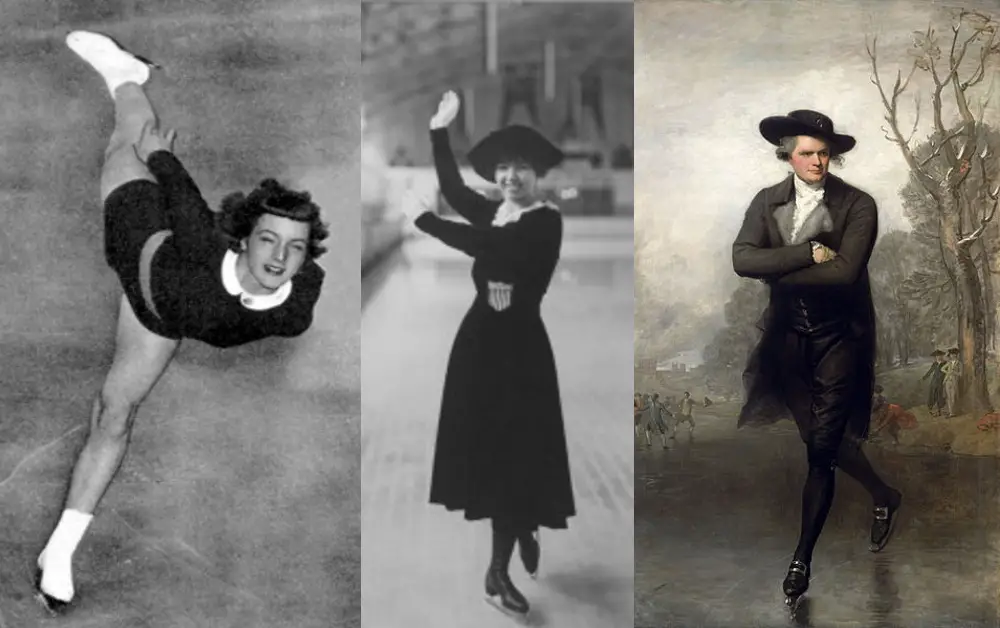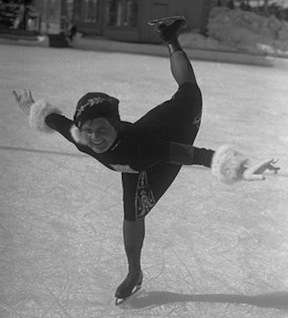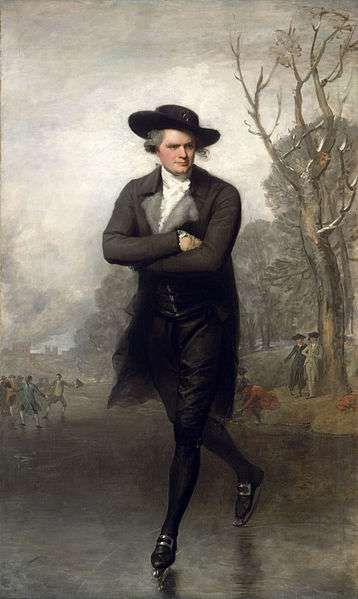Figure skating in America owes much to the flooding of a field belonging to a daughter of Henry Wadsworth Longfellow in the winter of 1897.
Annie Longfellow Thorp’s field at the corner of Mount Auburn and Willard Street was the foundation of the Cambridge Skating Club. On that iced-over field, demonstrations of the international style of skating were held. Ultimately, those demonstrations propelled U.S. skaters into world-class competition.
Just across the Charles River, the storied Skating Club of Boston would later produce many of the heroes and heroines of Olympic figure skating contests.
Figure skating is the oldest and most popular Olympic winter sport. It developed in the United States with considerable help from New England’s skating clubs – particularly Boston, Cambridge and New Haven. Skating clubs in New York and Philadelphia were also crucial. But members of the New England clubs relentlessly promoted figure skating — and won plenty of competitions in the process.
Aristocratic Englishmen
Figures skating was a traditional sport in Northern Europe. During the 19th century, figure skating became a sophisticated form of recreation for aristocratic Englishmen.
It dates to the 14th century in Holland. Then the Dutch attached steel blades instead of animal bones to their boots to glide along the ice. In the 1660s, English royalists sought refuge in the Netherlands after Oliver Cromwell’s Glorious Revolution. They learned the Dutch roll – skating side-to-side – on steel skates. Then they brought both skate and roll back to Britain during the Restoration. Skating became popular among British aristocrats and clergy, who invented new figures.
The first skating club was formed in Edinburgh, Scotland, in 1744. The first book on skating was then published in 1772 in London. During the 19th century, two styles of skating emerged: the English style, which emphasized rigid body carriage, and what came to be known as the international style, which stressed artistry and fluid motion. The American style was also evolving, a quicker, more relaxed way of figure skating. Benjamin West, a Philadelphia artist, demonstrated the American style to the delight of Londoners in the years before the American Revolution.
The first U.S. skating club was formed in Philadelphia in 1849. The Cambridge club was the second. Within 25 years of the first flooding of Mrs. Thorp’s field, the club’s president would spearhead the formation of the United States Figure Skating Association and the United States would have its first Olympic figure skating medal.
Browne and Brokaw
George H. Browne was not only a Harvard graduate and president of the Cambridge Skating Club, but founder and headmaster of the Browne & Nichols School in Cambridge. He would use his organizational and writing skills to popularize figure skating in America – and then some.
In 1900, he wrote the first U.S. handbook on how to figure skate. Two years later, he took a sabbatical to St. Moritz, Switzerland, where he studied the international style of skating. He came home and put on the first American demonstration of it with New York skater Irving Brokaw at the Cambridge Skating Club. Browne and Brokaw wrote guides to the new style and collaborated to demonstrate it across the country. Brokaw was the only North American to compete in the figure skating competition in the 1908 Olympic Games, finishing sixth.
Browne and Brokaw made fashionable the international style of skating in Boston. To accommodate the new vogue, the Back Bay elite in 1911 built one of the first artificial skating rinks and created the Skating Club of Boston. Over the years the club would produce more national champions than any skating club in the country and send six skaters and coaches to the World Figure Skating Hall of Fame.
In 1914. Browne organized the International Figure Skating Championships of America at the two-year-old New Haven Skating Club. Theresa Weld, daughter of Boston Skating Club President Winsor Weld, won that first championship. She went on to win the bronze medal in the 1920 Summer Olympics. From 1923 to 1963, Weld promoted figure skating as the volunteer editor of Skating magazine, at first publishing it out of her home in Brookline, Mass.
Golden Age of American Skating
Though Europeans dominated figure skating during the first half of the 20th century, Americans came into their own at the half point. Carol Heiss and Hayes and David Jenkins won Olympic gold medals during the ‘50s. Two of the era’s biggest stars, Dick Button and Tenley Albright, trained at the Skating Club of Boston. (Click here for Tenley Albright’s story.)
Button, a New Jersey native, had won the U.S. championship in 1946 at the age of 16 and planned to attend Yale University. He’d been told he could continue to compete in college if his grades were good. Then he was told he couldn’t. Members of the Skating Club of Boston persuaded him to enter Harvard instead. He did, training at the club, commuting to Harvard and winning Olympic gold medals in 1948 and 1952. Button brought a new athleticism to the sport. In 1948 he was the first to execute a double axel in competition and the first triple jump in 1952. He graduated from Harvard in 1952.
Tragedy
Boston Skating Club members continued their string of successes in 1961 as part of the U.S. Figure Skating Team. Headed to Prague on Feb. 15 for the World Championships were the 18-member team and 16 family members, coaches and officials. Their Boeing 707 crash landed on a field near the airport, killing all 72 people aboard. Lost in the tragedy were Boston Skating Club members Maribel Vinson Owen of Winchester, a 1932 Olympic bronze medalist and coach; her two daughters, reigning U.S. ladies champion Laurie Owen and reigning U.S. pairs champion Maribel Owen; Maribel’s partner, Dudley Richardson; and reigning U.S. men’s champion Bradley Lord.
Seven years later, Peggy Fleming brought the United States back to figure skating prominence, winning the Olympic gold medal in ladies’ singles. Eight years later another New Englander, Dorothy Hamill, of Greenwich, Conn., won an Olympic gold medal. The Skating Club of Boston produced such recent Olympic stars are Nancy Kerrigan, winner of silver and bronze medals, and Paul Wylie, the 1992 silver medalist.
In 2014, the Skating Club of Boston sent Marissa Castelli of Cranston, R.I., and Simon Shnapir of Sudbury, Mass., to the Winter Olympics. They then won bronze medals in the team figure skating event.
This story last updated in 2022.




4 comments
Great article with many interesting facts. Thanks.
The present location is at the corner of Mt Auburn and Willard. Did the author cite the location correctly?
^Dave, you are correct! We must have had George Washington on the mind. We’ve corrected the error.
[…] The Boston Skating Club has produced more national championsthan any skating club in the country, including Olympics medal winners Dick Button, Nancy Kerrigan and Tenley Albright. […]
Comments are closed.